4 Sections of Each Proposal
August 2024 / Amanda Stonerock
Creating a compelling grant proposal, whether it's a brief two-page request to a local funder or an extensive federal grant application, requires careful attention to detail and a clear understanding of the project’s goals, needs, and outcomes. Every successful proposal generally consists of four key sections: the Executive Summary, Problem or Need Statement, Information About the Organization, and the Solution. Each of these sections plays a crucial role in persuading the funder that your project is worth supporting.
1. Executive Summary
The Executive Summary is the first impression your proposal will make on a funder, and it must be both concise and compelling. Think of it as your project’s elevator pitch, encapsulating the essence of your proposal in a brief, engaging narrative. This section typically consists of 6-9 sentences that summarize the project’s purpose, goals, and anticipated impact. It should be written in a way that grabs the reader’s attention and makes them want to continue reading.
In your Executive Summary, you should provide an overview of the problem your project addresses, the solution you propose, and the expected outcomes. It’s important to highlight the significance of the issue at hand and convey the urgency of the need. While the Executive Summary is brief, it should pack a punch, leaving the reader with a clear understanding of what you aim to achieve and why it matters.
2. Problem or Need Statement
The Problem or Need Statement is arguably the most critical part of your proposal. This section lays the groundwork for your project by clearly defining the issue you intend to tackle. A well-crafted Problem Statement not only identifies the problem but also quantifies it with data and statistics to emphasize its significance. The aim is to convince the funder that the problem is real, pressing, and in need of a solution.
When writing this section, consider the following questions: What is the problem? Who is affected by it? Why does it matter? How has this problem been addressed in the past, and why is there still a need? It’s important to demonstrate a deep understanding of the problem and its broader context, as well as to establish a strong connection between the problem and your proposed solution.
Using data to back up your claims is essential. Attach your problem to relevant research, surveys, or reports to show that it is not just anecdotal but is supported by evidence. Funders want to see that you have done your homework and are addressing a problem that is well-documented and widely recognized.
3. Information About the Organization
In this section, you provide the funder with background information about your organization. This is your opportunity to build credibility and demonstrate that your organization is capable of successfully executing the project. Start by outlining your organization’s mission, history, and key accomplishments. Highlight any past projects that are relevant to the one you are proposing, particularly those that were successful and had a measurable impact.
Funders need to trust that their investment will be managed effectively, so it’s important to showcase your organization’s strengths and capabilities. Discuss your team’s expertise, any partnerships or collaborations that will support the project, and your organization’s financial stability. If your organization has received similar grants in the past, mention them and highlight how those funds were used to achieve positive outcomes.
4. Solution
The Solution section is where you get into the specifics of how you will address the problem outlined in your proposal. This section should provide a detailed roadmap for implementing your project, including the goals, objectives, and expected outcomes. It’s important to be clear and specific about what you plan to do, how you will do it, and the impact you expect to achieve.
When writing this section, use the “6Qs” approach: Who, What, When, Where, Why, and How. Who will be involved in the project? What activities or strategies will you employ? When will the project take place, and what is the timeline for its implementation? Where will the project be carried out? Why is this approach the best solution to the problem? And finally, how will the project be executed, and how will success be measured?
Funders are looking for projects that are not only well-conceived but also feasible and likely to succeed. Be sure to address any potential challenges or risks and how you plan to mitigate them. Additionally, discuss how you will measure the success of the project—whether through specific metrics, benchmarks, or milestones—and how you will report these outcomes to the funder.
Whether you’re writing a brief proposal or a lengthy federal grant application, mastering these four sections will give you a strong foundation for success. By clearly articulating your project’s goals, the need it addresses, and how your organization is uniquely positioned to execute the solution, you increase your chances of securing the funding you need to make a meaningful impact.
